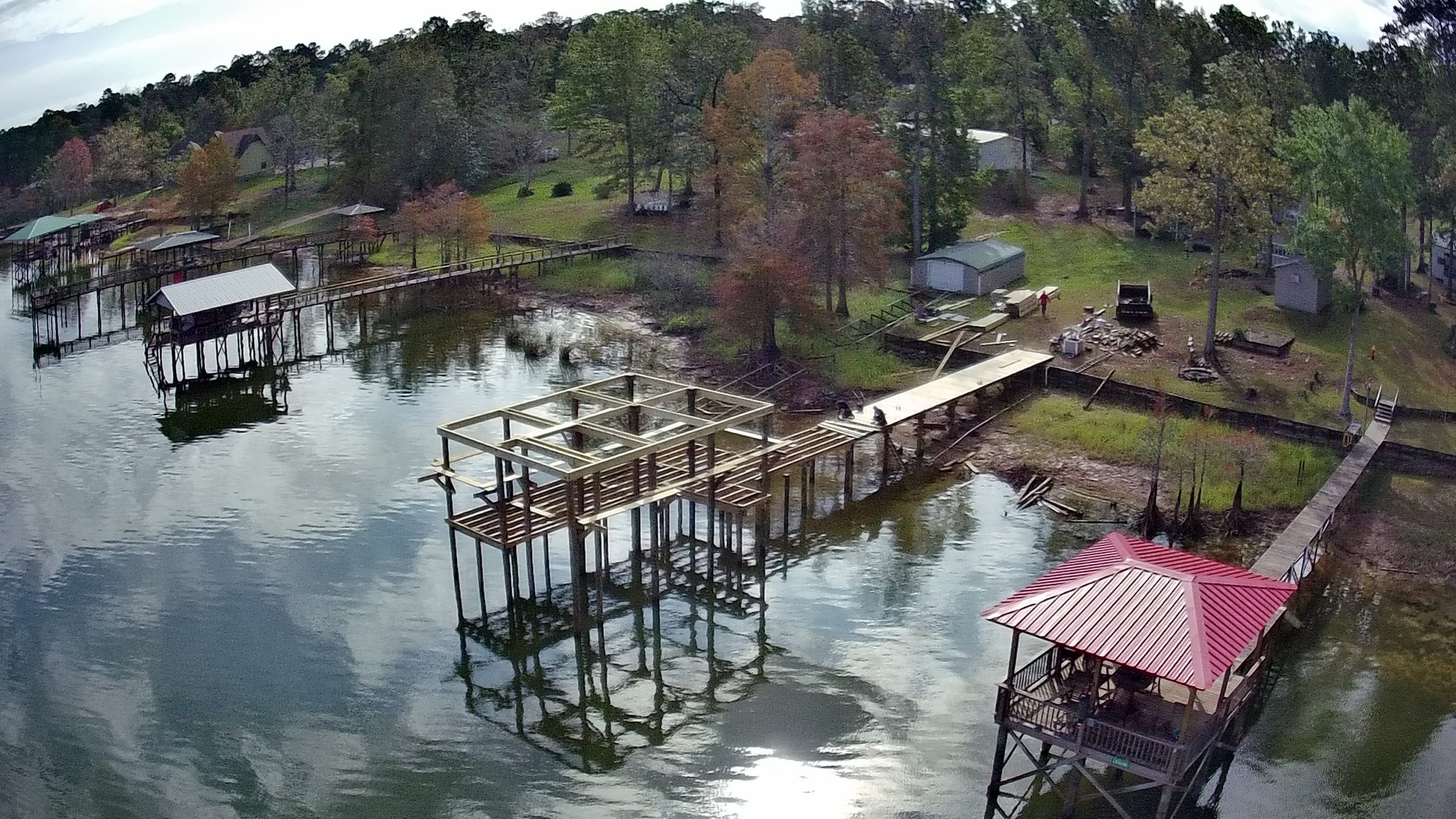Boat lifts are essential for maintaining and protecting your watercraft when not in use. However, like any machinery, boat lifts can experience wear and tear over time, leading to malfunctions or breakdowns. When faced with a dockside disaster related to your boat lift rebuild, it's crucial to navigate the repair process efficiently to get back to smooth sailing as quickly as possible.
Common Boat Lift Issues
Boat lifts are subjected to various elements such as water, sun, and debris, which can contribute to wear and tear. Some common issues that boat lift owners may encounter include:
- Corrosion of metal components
- Worn cables or pulleys
- Motor malfunctions
- Alignment problems
- Erosion of wooden bunks
Identifying the Problem
When your boat lift is not functioning correctly, it's essential to identify the root cause of the issue. This may require a visual inspection of the lift or testing different components to pinpoint where the problem lies. Some signs that indicate a boat lift repair may be necessary include:
- Unusual noises during operation
- Uneven lifting of the boat
- Sagging bunks or guideposts
- Motor failure or overheating
DIY vs. Professional Repair
After identifying the problem with your boat lift, the next decision to make is whether to attempt a DIY repair or seek professional help. While some minor repairs can be done independently by boat owners with the right tools and knowledge, more complex issues may require the expertise of a professional boat lift technician. Consider the following factors when deciding between a DIY repair and professional assistance:
- Extent of the damage
- Availability of replacement parts
- Your level of expertise in boat lift repairs
- Safety considerations
Steps for Boat Lift Repairs
Whether you choose to tackle the repair yourself or hire a professional, there are several steps involved in the boat lift repair process:
1. Gather Necessary Tools and Equipment
Before starting any repair work, make sure you have all the required tools and equipment on hand. This may include wrenches, sockets, lubricants, replacement cables, and other specific parts based on the issue.
2. Disconnect Power Source
For safety reasons, always disconnect the power source to the boat lift before attempting any repairs. This will prevent any accidental activation of the lift during maintenance.
3. Replace Worn Components
If the issue lies with worn cables, pulleys, or other components, replace them with new parts to ensure the proper functioning of the boat lift.
4. Lubricate Moving Parts
Regular lubrication of moving parts such as pulleys and bearings can help prevent premature wear and ensure smooth operation of the boat lift.
5. Test the Repair
After completing the repair work, test the boat lift to ensure that the issue has been resolved. Observe the lift in action to confirm that it is lifting the boat evenly and without any unusual noises.
Maintaining Your Boat Lift
Preventative maintenance is key to extending the lifespan of your boat lift and minimizing the need for repairs. Here are some tips for maintaining your boat lift:
Regular Inspections
- Inspect the lift for any signs of wear or damage
- Check for proper alignment and tension in cables
- Ensure all bolts and connections are secure
Cleaning and Protection
- Remove debris and vegetation from around the lift
- Wash and rinse metal components to prevent corrosion
- Apply protective coatings or sealants as needed
Professional Maintenance
Consider scheduling regular maintenance checks with a professional boat lift technician to identify and address any potential issues before they escalate.
Conclusion
Boat lift repairs are an essential part of maintaining your watercraft and ensuring smooth sailing on the water. By understanding common issues, identifying problems early, and following proper repair and maintenance procedures, you can navigate the repair process effectively and get back to enjoying your time on the water without any dockside disasters.
